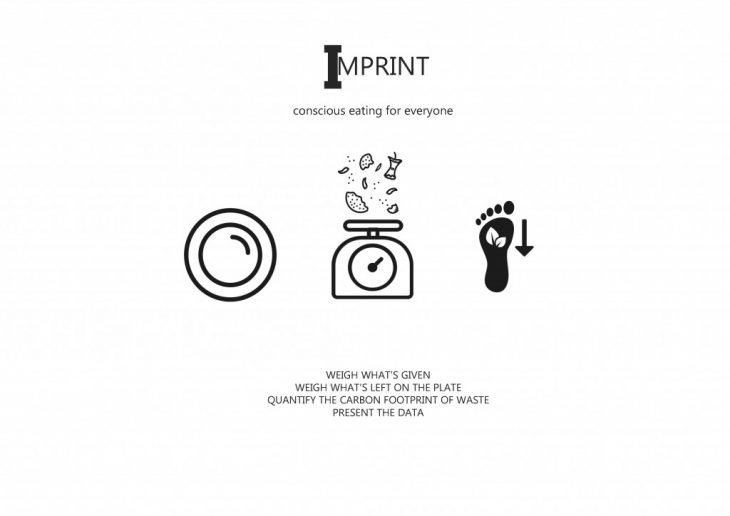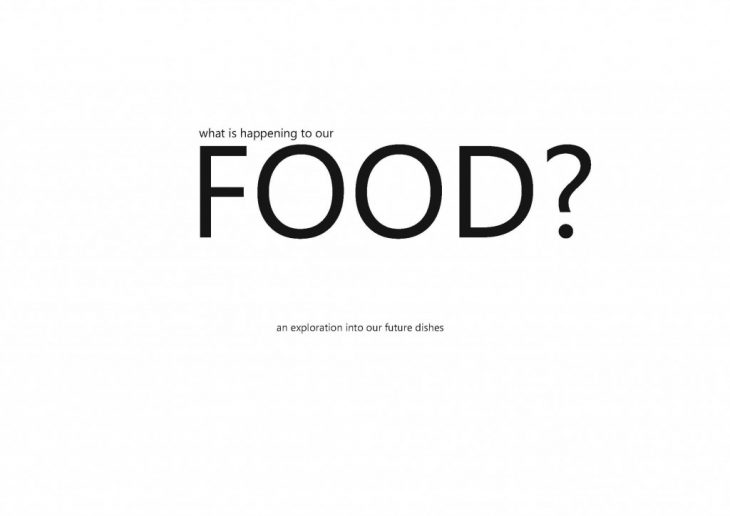
Why does our food system need to be improved?
Through this project, research was carried out regarding our current food system and the current problems we are facing in the world.
The present state of agriculture and our relationship with food is unsustainable. It takes 10KCAL of fossil fuels to produce just 1KCAL of food. We are responsible for the relationship between what we eat and how we eat! It is evident that food has evolved into a creative means of self expression! Is this the problem ? Is treating food as art rather than nourishment affecting our planet.
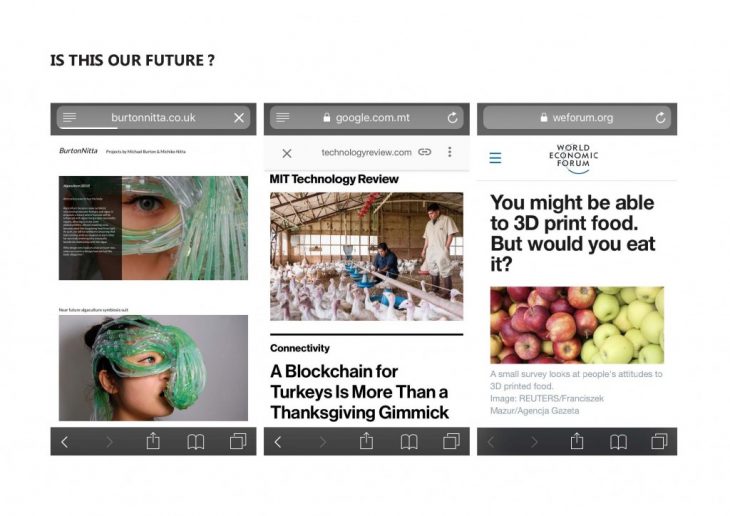
We know that a lot of advancements have been made in terms of technology and nourishment. However, we need to take a step back and understand whether this is really how we imagine our future. A symbiotic relationship where both the human and algae benefit from a situation is ideal, however one cannot imagine people to be walking in the streets with such a mask as shown in the first image.
In an exhibition held at the Museum of Arts and Crafts in Hamburg, titled Food Revolution 5.0, they displayed a number of installations that tackled our food system, from resource to production to processing and consumption. But what about food waste? 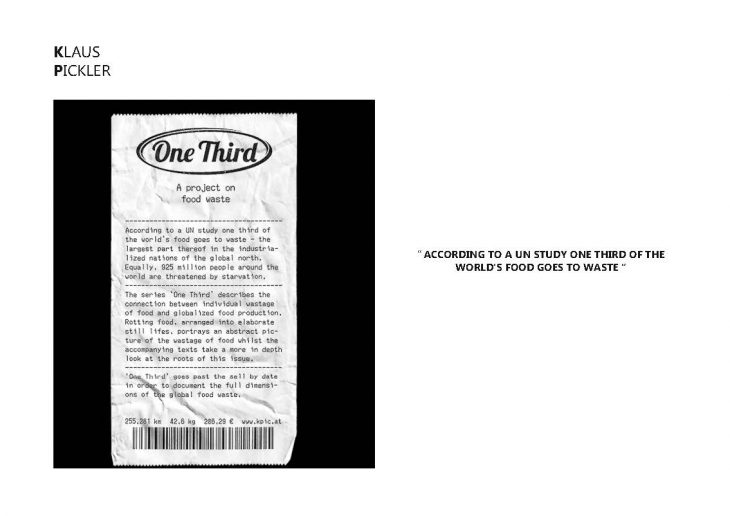
There are countries and companies working towards this major problem. France has banned supermarkets from throwing away any unsold food. Two British women invented an app ‘Olio’ that encourages people to share their leftover food with other people close by, by uploading a photo of the food and posting it on the app.
We need to start by reducing the waste we produce and the food we consume! People tend to rely on consumption norms to help them determine how much they should consume.
How can we make people more aware of how much their consuming and the effect it is having?
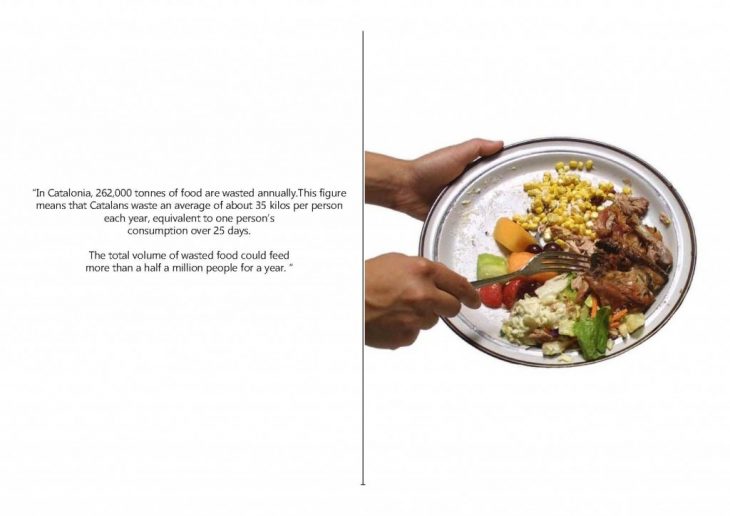
A simple change in plate design can enable consumers to eat according to how hungry they are and waste less.

Imprint is a proposal for ceramic plates and potentially other crockery that allow consumers to choose their portion size. Both the restaurant and consumer will be able to understand how much food is usually wasted and display this data on the plate itself.
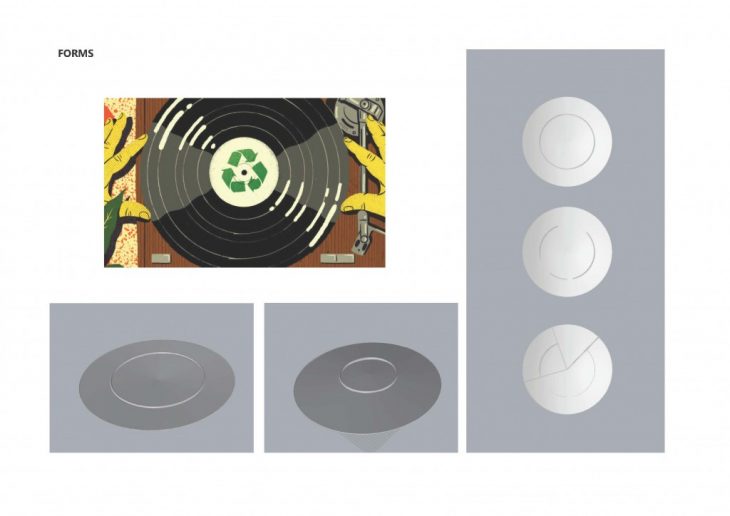
Plates will be 3D printed out of ceramic and designed in such a way to reduce portions by using both the top and bottom of the plate. Once data by different institutes is collected on the quantity of waste reduction this can added to the plate design to be displayed to the public.
